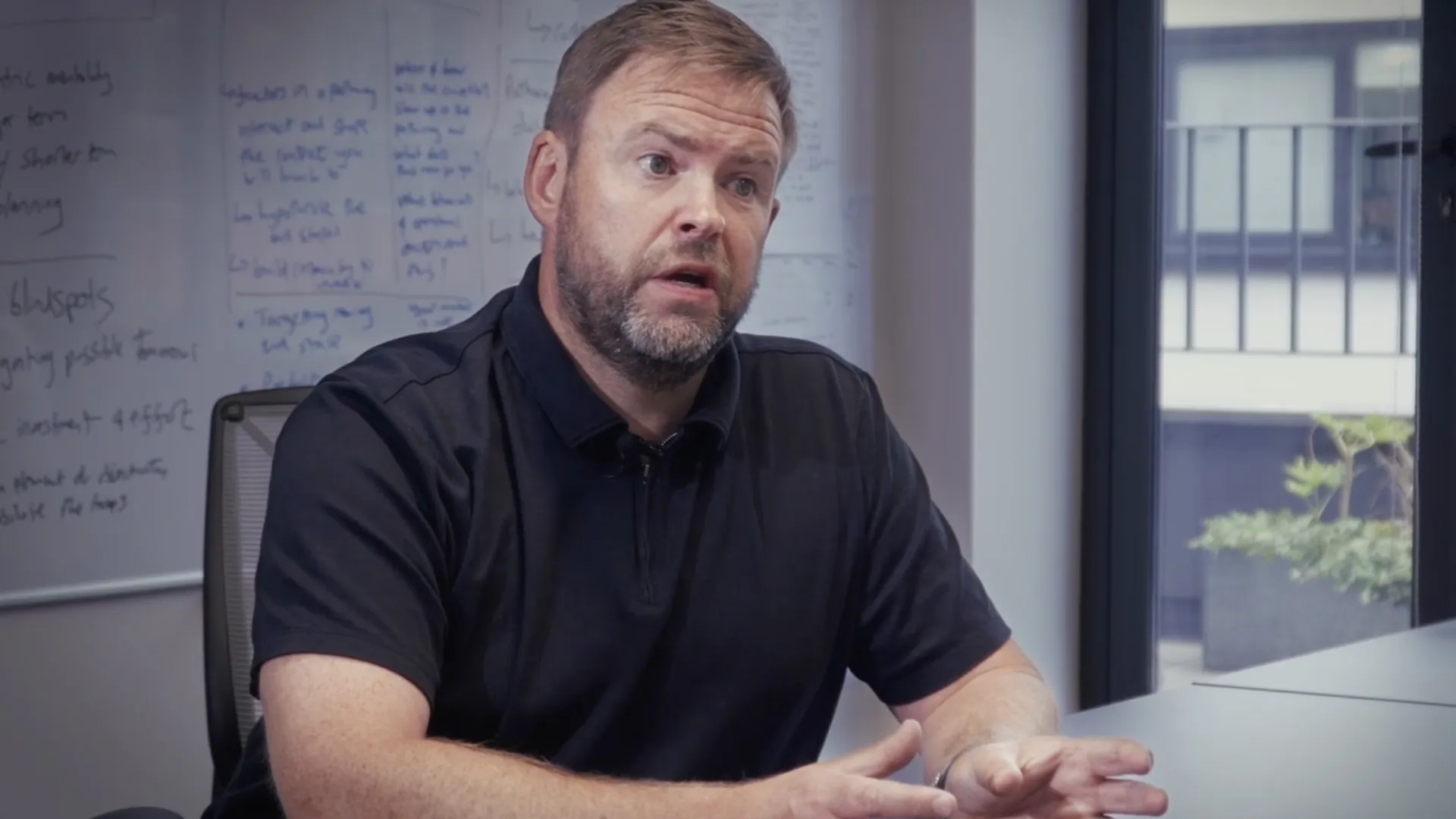Scenario planning is having a quiet revolution in pharma.
What was once viewed as a strategic side exercise - a PowerPoint appendix or war-game pre-read - has now become central to how teams think, align and act. Why? Because the environment that surrounds new product launches is shifting at a speed and scale that traditional planning simply can’t keep up with.
Uncertainty isn’t a phase - it’s the operating context
Innovation in healthcare isn’t slowing down. If anything, it's accelerating.
We're seeing record numbers of new patents filed. New entrants pushing into existing categories. Breakthrough diagnostics. New standards of care in constant flux. And, crucially, this change isn’t evenly distributed. Some systems are surging ahead; others are lagging behind.
"The environment in which medicines are launched is extraordinarily dynamic."
This volume of innovation doesn't just create opportunity - it introduces ambiguity. Payers, clinicians, infrastructure and patients are all adjusting at different speeds. That makes the future harder to predict, and harder to plan for.
Which is exactly why we need to rethink how we plan.
From prediction to preparation
The goal isn’t to know exactly what will happen.
It's to be prepared for what might.
This is where scenario planning earns its value. When done well, it doesn’t just help teams think about what could go wrong. It helps them visualise what success would look like — in the real-world context they’ll have to operate in.
“The skill is bringing it all together to paint evocative scenarios that teams can understand, respond to, and reappraise as more data becomes available.”
That means using available data — both internal and external — not just to fuel analysis, but to build live, working models of how care pathways, system readiness, and stakeholder behaviours may evolve. It’s about identifying pattern shifts, pressure points, and plausible futures, before they materialise.
Done well, it becomes a driver of smarter planning across the lifecycle — allowing teams to move faster, make clearer decisions, and avoid costly missteps.
So what does better scenario planning look like?
- It’s cumulative, not episodic - built on layered, evolving insights
- It’s evocative, not abstract - helping teams picture actual realities, not theoretical ones
- It’s collaborative, not siloed - drawing in perspectives from across brand, access, medical, and markets
- It’s dynamic, not static - updated as the system evolves
Most importantly, it brings strategy to life.
A new kind of readiness
If teams want to succeed in a market that’s both rich with possibility and steeped in volatility, they need more than forecasts. They need to practise strategic readiness.
Scenario planning - done well - is what allows them to do exactly that.
Want to explore how your team can build better, more responsive strategic scenarios?
How we can help
Get in touch with us to talk through your goals and how our approach to implementing innovation at scale can help you get there.

Download the Turbocharged Strategy checklist
To access your copy, enter your email address below.
Latest Industry findings
Get our perspective on the big factors that can make or break success for innovators in healthcare.
Stay connected
Join our mailing list for updates on news, views and opportunities.




